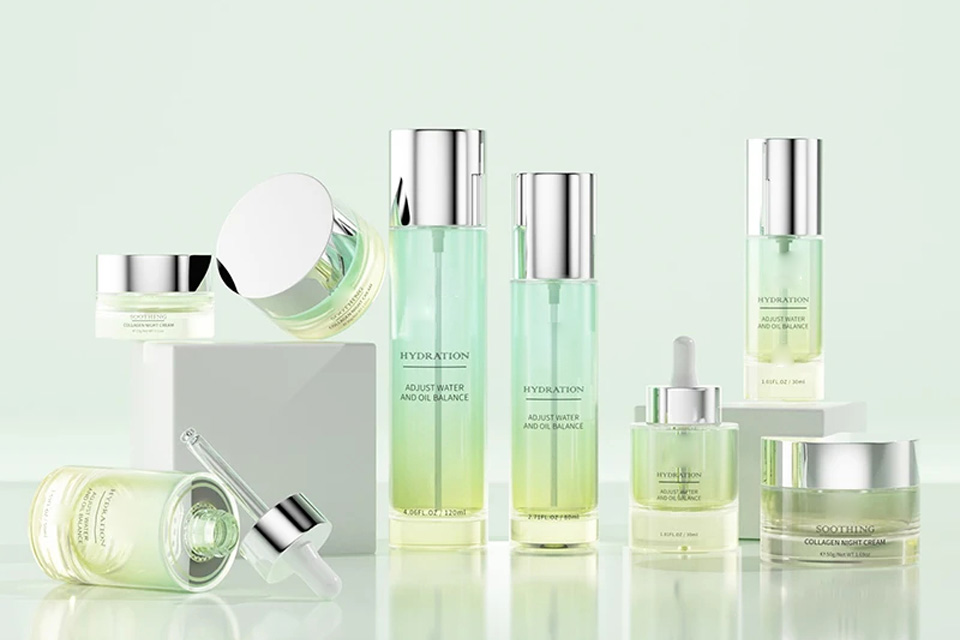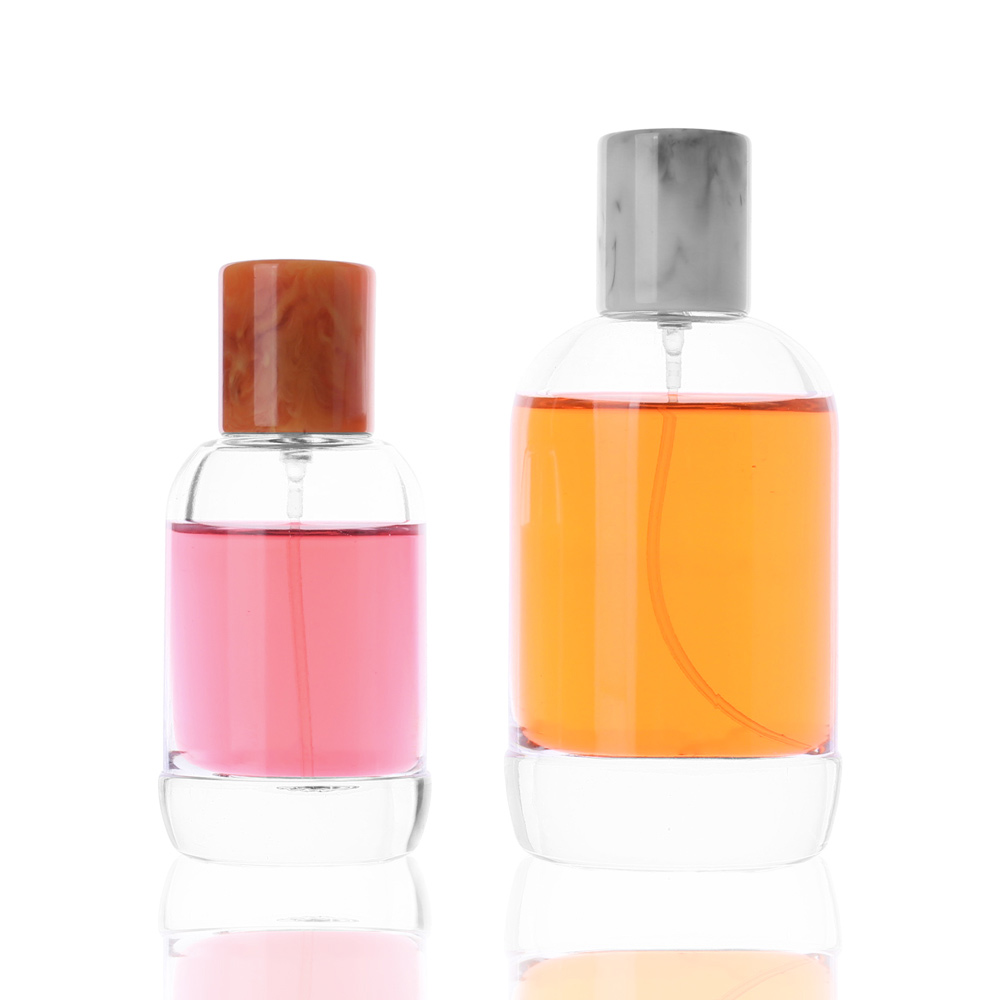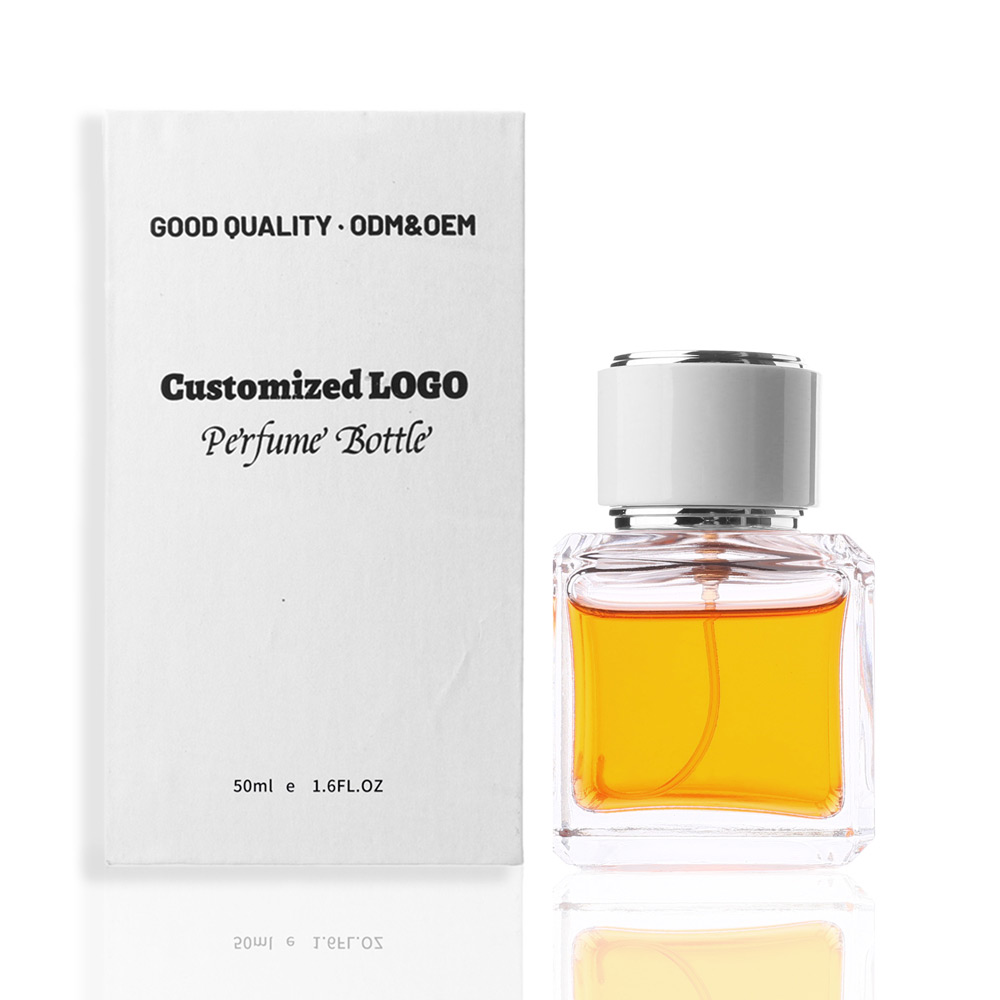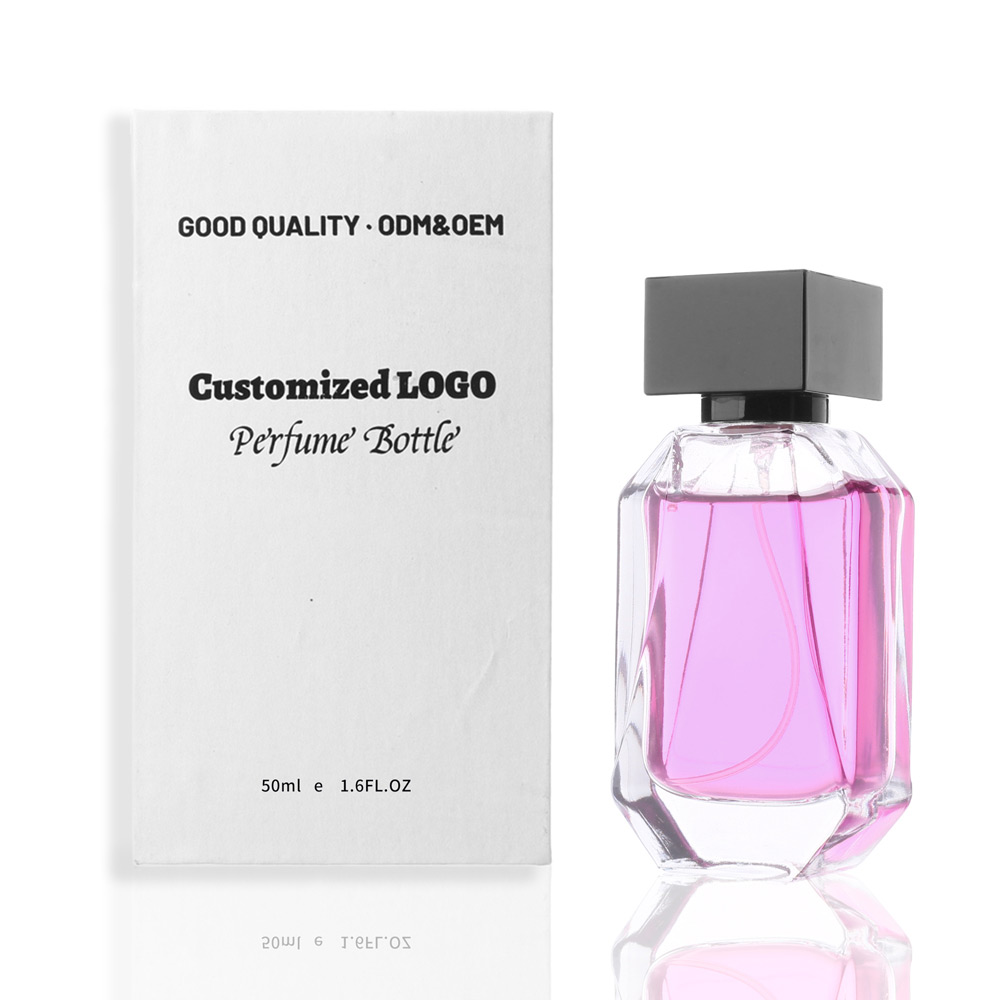When it comes to cosmetic packaging, brands have two primary options: stock packaging and custom packaging. Stock packaging refers to pre-made, readily available containers that can be purchased from packaging suppliers. These containers come in standard shapes, sizes, and materials, and can be customized to some extent with labels, printing, or other decorative elements. Stock packaging is often a more cost-effective and faster solution, particularly for small businesses or startups. It offers a wide variety of packaging.
Custom packaging, on the other hand, involves designing and manufacturing unique containers tailored specifically to a brand’s needs and product specifications. This allows for greater creative control over the packaging’s design, materials, and functionality. Custom packaging can help a brand stand out from the competition, create a strong brand identity, and enhance the perceived value of the product.
However, custom packaging typically requires higher minimum order quantities, longer lead times, and a larger upfront investment compared to stock packaging. It’s often chosen by established brands or for high-end products where the packaging plays a crucial role in the overall product experience.
| Feature | Stock Packaging | Custom Packaging |
|---|---|---|
| Design | Pre-designed, standard shapes and sizes. Limited customization options (labels, printing, colors). | Unique, tailored to brand and product. Full control over design, materials, functionality. |
| Cost | Generally lower cost, especially for smaller quantities. | Higher cost, especially for initial design and tooling. |
| Lead Time | Shorter lead times, readily available from suppliers. | Longer lead times, requires design, prototyping, and manufacturing. |
| Minimum Order Quantity (MOQ) | Typically lower MOQs. | Typically higher MOQs due to tooling and setup costs. |
| Uniqueness | Less unique, may look similar to competitors’ products. | Highly unique, differentiates the brand and product. |
| Brand Identity | Limited ability to convey brand identity beyond labeling and basic decoration. | Stronger brand identity, packaging becomes an integral part of the brand experience. |
| Functionality | Standard functionality, may not be optimized for specific product needs. | Can be designed for optimal functionality, tailored to product dispensing, protection, and user experience. |
| Suitability | Suitable for startups, small businesses, or products where packaging is not a primary differentiator. | Suitable for established brands, high-end products, or when packaging is a key part of the product’s value proposition. |
| Examples | Standard plastic bottles, jars, tubes with generic caps, off-the-shelf airless pumps, basic cardboard boxes. | Uniquely shaped bottles, custom-designed closures, innovative dispensing systems, bespoke boxes with intricate printing and finishing techniques. |





